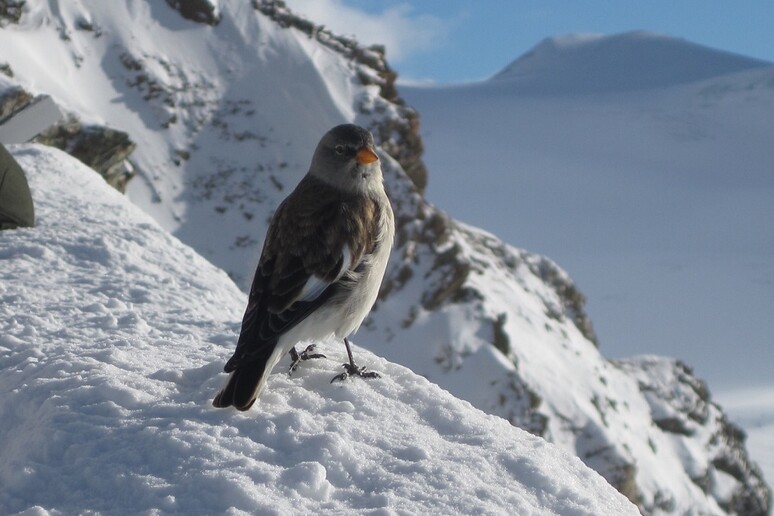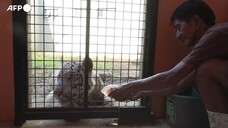The survival of the white-winged snowfinch is in peril due to the decreasing number of encounters between individuals (and therefore genes) in the various breeding areas, which are increasingly far apart due to habitant fragmentation caused by climate change and human activity, according to a study published in the Journal of Biogeography.
The research was conducted by the Alto Adige Museum of Natural Sciences (Museo di Scienze Naturali dell’Alto Adige), Milan's Università Statale, Oulu University in Finlandia, the Trento Museum of Science (Muse) and Eurac Research.
Genetic testing on dozens of white-winged snowfinches from Trentino-Alto Adige and Lombardia showed that dispersal is affected by the distance between the breeding areas, with a sharp decrease from 20-30 kilometres.
So in this part of the Alps many specimens remain in the area where they were hatched to breed: in this way, the low propensity to disperse limits genetic flow and the connectivity of the population.
Furthermore, high levels of inbreeding have also been observed: 20% of the sampled specimens were born to parents related at least at the level of first cousins, if not closer.
This shows that dispersal in the population is insufficient to guarantee breeding with unrelated individuals.
Riproduzione riservata © Copyright ANSA













